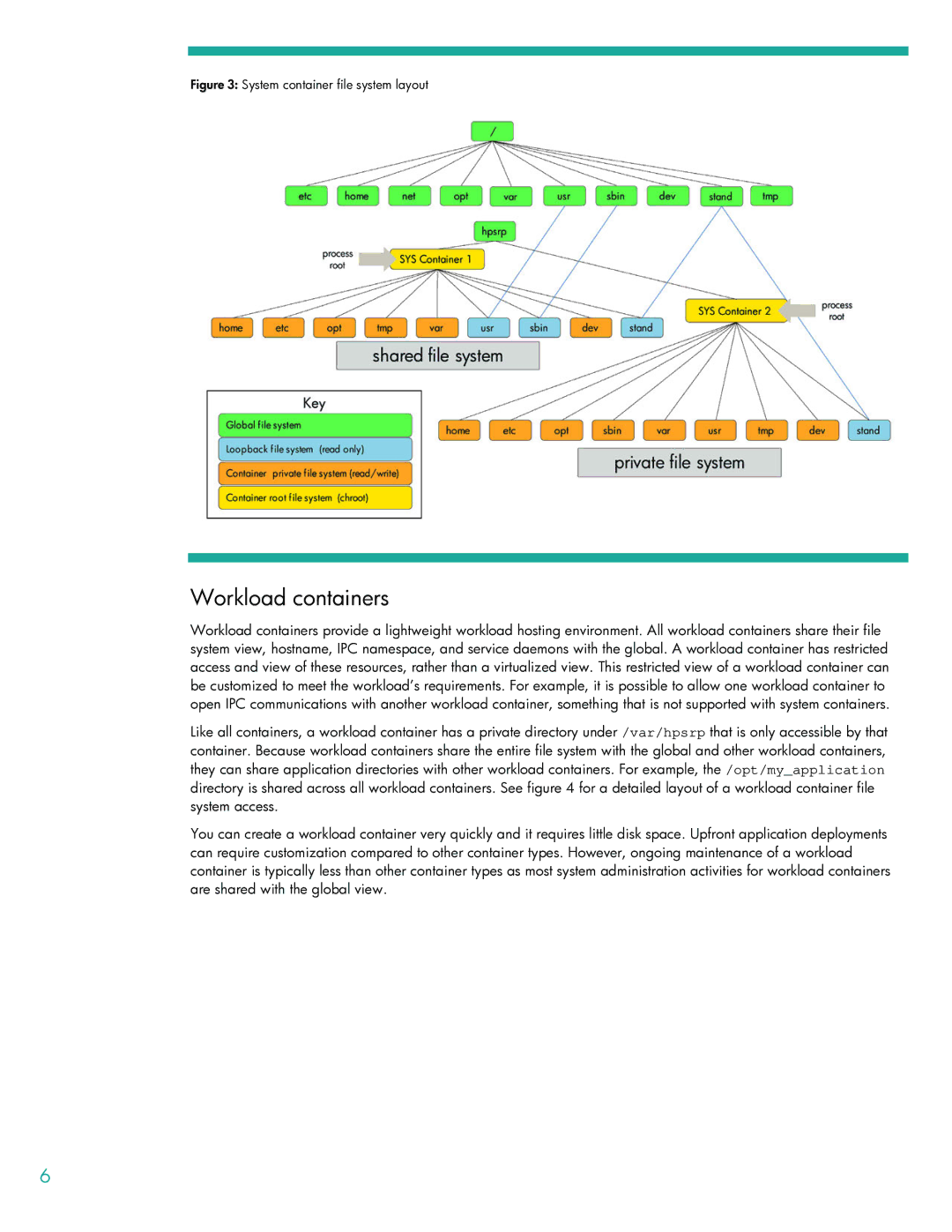
Figure 3: System container file system layout
Workload containers
Workload containers provide a lightweight workload hosting environment. All workload containers share their file system view, hostname, IPC namespace, and service daemons with the global. A workload container has restricted access and view of these resources, rather than a virtualized view. This restricted view of a workload container can be customized to meet the workload’s requirements. For example, it is possible to allow one workload container to open IPC communications with another workload container, something that is not supported with system containers.
Like all containers, a workload container has a private directory under /var/hpsrp that is only accessible by that container. Because workload containers share the entire file system with the global and other workload containers, they can share application directories with other workload containers. For example, the /opt/my_application directory is shared across all workload containers. See figure 4 for a detailed layout of a workload container file system access.
You can create a workload container very quickly and it requires little disk space. Upfront application deployments can require customization compared to other container types. However, ongoing maintenance of a workload container is typically less than other container types as most system administration activities for workload containers are shared with the global view.
6
